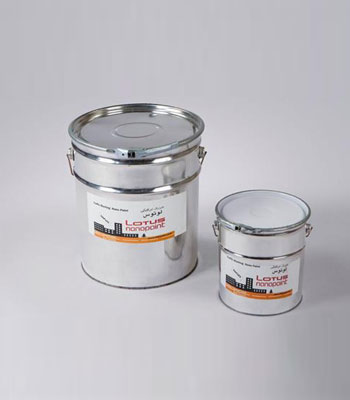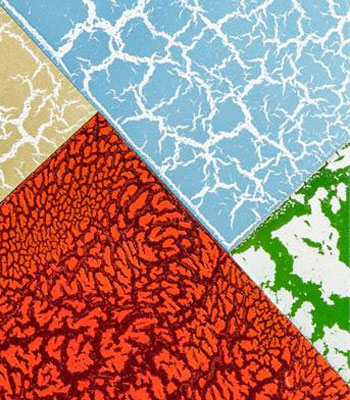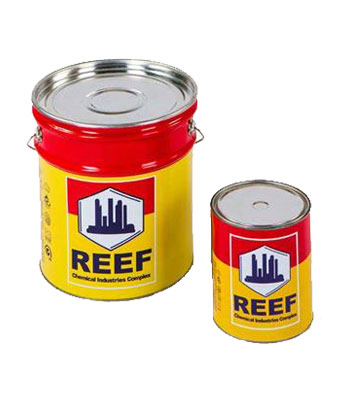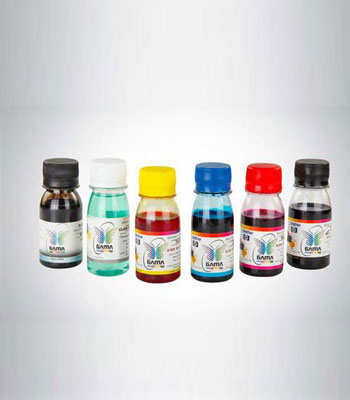Lotus Traffic Paint
0,00 €Introduction
Paint is mainly composed of finely ground pigments and fillers that are mixed into a resin or binder system. A liquid (water or solvent) is added to the mixture to produce flexibility in the final product for application in different cases. Then various ingredients and additives are incorporated for certain desired properties. This product is based on thermoplastic acrylic resin containing nano-clay, which increases wear resistance.
Lotus Traffic Paint
0,00 €Introduction
Paint is mainly composed of finely ground pigments and fillers that are mixed into a resin or binder system. A liquid (water or solvent) is added to the mixture to produce flexibility in the final product for application in different cases. Then various ingredients and additives are incorporated for certain desired properties. This product is based on thermoplastic acrylic resin containing nano-clay, which increases wear resistance.
Lotus Traffic Paint
0,00 €Introduction
Paint is mainly composed of finely ground pigments and fillers that are mixed into a resin or binder system. A liquid (water or solvent) is added to the mixture to produce flexibility in the final product for application in different cases. Then various ingredients and additives are incorporated for certain desired properties. This product is based on thermoplastic acrylic resin containing nano-clay, which increases wear resistance.
Normal Decorative Crack Paint
0,00 €Introduction
Crackle techniques are most often applied to represent an aged effect. A crackle effect can also be applied for interesting texture and backgrounds, and applied to mimic organic forms like tree bark, stone and rock surfaces, and even the skin of a leaf. Crackle Paint is a fast-drying paint that crackles as it dries to create an eggshell cracking pattern in just one step. As the paint dries, it will begin to crack, showing the base color underneath.
Normal Decorative Crack Paint
0,00 €Introduction
Crackle techniques are most often applied to represent an aged effect. A crackle effect can also be applied for interesting texture and backgrounds, and applied to mimic organic forms like tree bark, stone and rock surfaces, and even the skin of a leaf. Crackle Paint is a fast-drying paint that crackles as it dries to create an eggshell cracking pattern in just one step. As the paint dries, it will begin to crack, showing the base color underneath.
Normal Decorative Crack Paint
0,00 €Introduction
Crackle techniques are most often applied to represent an aged effect. A crackle effect can also be applied for interesting texture and backgrounds, and applied to mimic organic forms like tree bark, stone and rock surfaces, and even the skin of a leaf. Crackle Paint is a fast-drying paint that crackles as it dries to create an eggshell cracking pattern in just one step. As the paint dries, it will begin to crack, showing the base color underneath.
Traffic Paint
0,00 €Introduction
This product is traffic paint based on thermoplastic acrylic nanocomposite resin. In nanocomposites inorganic filler is dispersed within a polymer matrix at a nanoscale level, thus the clay layer could be intercalated or exfoliated into the polymer to form polymer/clay nanocomposites. The paint has a fast-drying time, high durability, excellent resistance to various weather conditions and excellent adhesion to surfaces covered with asphalt and cement.
Traffic Paint
0,00 €Introduction
This product is traffic paint based on thermoplastic acrylic nanocomposite resin. In nanocomposites inorganic filler is dispersed within a polymer matrix at a nanoscale level, thus the clay layer could be intercalated or exfoliated into the polymer to form polymer/clay nanocomposites. The paint has a fast-drying time, high durability, excellent resistance to various weather conditions and excellent adhesion to surfaces covered with asphalt and cement.
Traffic Paint
0,00 €Introduction
This product is traffic paint based on thermoplastic acrylic nanocomposite resin. In nanocomposites inorganic filler is dispersed within a polymer matrix at a nanoscale level, thus the clay layer could be intercalated or exfoliated into the polymer to form polymer/clay nanocomposites. The paint has a fast-drying time, high durability, excellent resistance to various weather conditions and excellent adhesion to surfaces covered with asphalt and cement.
Water-based Inkjet Ink Formulated with Pigment Nanoparticles
0,00 €Introduction
Ink is a liquid or paste that contains pigments or dyes and is used to color a surface to produce an image, text, or design. Ink can be a complex medium, composed of solvents, pigments, dyes, resins, lubricants, solubilizers, surfactants, particulate matter, fluorescents, and other materials. Pigment inks are used more frequently than dyes because they are more color-fast, but they are also more expensive, less consistent in color, and have limited color range than dyes. Pigments are solid, opaque particles suspended in ink to provide color. Pigment molecules typically link together in crystalline structures that are 0.1-2 μm in size and comprise 5-30 percent of the ink volume. Qualities such as hue, saturation, and lightness vary depending on the source and type of pigment.
Water-based Inkjet Ink Formulated with Pigment Nanoparticles
0,00 €Introduction
Ink is a liquid or paste that contains pigments or dyes and is used to color a surface to produce an image, text, or design. Ink can be a complex medium, composed of solvents, pigments, dyes, resins, lubricants, solubilizers, surfactants, particulate matter, fluorescents, and other materials. Pigment inks are used more frequently than dyes because they are more color-fast, but they are also more expensive, less consistent in color, and have limited color range than dyes. Pigments are solid, opaque particles suspended in ink to provide color. Pigment molecules typically link together in crystalline structures that are 0.1-2 μm in size and comprise 5-30 percent of the ink volume. Qualities such as hue, saturation, and lightness vary depending on the source and type of pigment.
Water-based Inkjet Ink Formulated with Pigment Nanoparticles
0,00 €Introduction
Ink is a liquid or paste that contains pigments or dyes and is used to color a surface to produce an image, text, or design. Ink can be a complex medium, composed of solvents, pigments, dyes, resins, lubricants, solubilizers, surfactants, particulate matter, fluorescents, and other materials. Pigment inks are used more frequently than dyes because they are more color-fast, but they are also more expensive, less consistent in color, and have limited color range than dyes. Pigments are solid, opaque particles suspended in ink to provide color. Pigment molecules typically link together in crystalline structures that are 0.1-2 μm in size and comprise 5-30 percent of the ink volume. Qualities such as hue, saturation, and lightness vary depending on the source and type of pigment.










